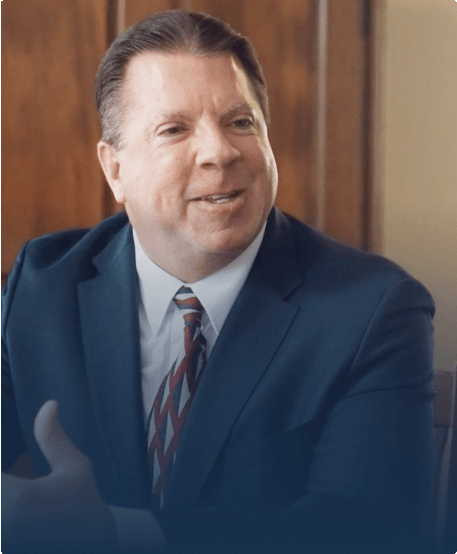
Dysarthria is a medical condition that makes it difficult for a child to speak and communicate clearly. The child’s ability to move and control the muscles related to speech is generally the issue, either because of brain damage before, during, or shortly after birth, or because of a congenital issue that affects their ability to move their mouth, lips, or tongue.
In many cases, the child suffered a preventable birth injury that led to dysarthria. The most common symptoms are often mumbling and slow speech, but there may also be other symptoms. In some cases, infants and toddlers may be diagnosed based on their mouth movements or other signs before language even develops.
You will need to work closely with a speech-language pathologist to understand what caused your child’s speech and language concerns. This is important to get the best therapy possible, as well as to possibly hold the doctor or hospital liable and recover compensation to cover your child’s care.
Signs and Symptoms of Dysarthria
Dysarthria can affect children in many different ways and with varying severity. It is most common to diagnose preschool or kindergarten-age children with this medical condition because of mumbled, slurred speech that is generally very slow. Some children develop other problems with speech, such as:
- Speaking too quickly.
- Speaking too softly.
- Robotic or choppy speech.
- Other problems with speech cadence.
- Breathy, hoarse, or nasal speech.
- Difficulty pronouncing certain sounds because of problems moving the tongue, lips, or mouth.
Dysarthria may be more common in children who have other conditions related to a birth injury or traumatic brain injury, such as cerebral palsy, muscular dystrophy, epilepsy, or facial paralysis. If your child has any of these, or other early signs, your doctor may refer you to a speech-language pathologist or for speech therapy before your child reaches an age when they would develop the aforementioned symptoms.
"If your child was born with a birth injury, or cerebral palsy, we can help."
Treating Dysarthria and Alternative Communication Methods
Dysarthria is a lifelong condition that could affect your child’s ability to work, make friends, and live independently in the future. While there is no cure for dysarthria, some children are able to significantly improve their communication ability through speech therapy and other noninvasive interventions. Depending on the individual child’s needs, speech therapy may focus on:
- Slowing down or speeding up the child’s speech.
- Pushing more air to allow the child to speak louder.
- Building muscles and muscle control.
- Moving the jaw, lips, and tongue properly.
- Forming and pronouncing specific sounds more clearly.
In some cases, it may be necessary to help a child develop alternative methods of communicating. This is sometimes referred to as “augmentative and alternative communication,” or AAC.
This may include sign language or written communication for children with good fine motor skills, alternative gestures for children with other motor control concerns, or speech facilitated through computers, tablets, or apps. Parents and other members of the family may also attend classes to learn sign language or other communication skills.
When children receive a dysarthria diagnosis, they may qualify for an early intervention program or special education services. These can provide a bridge between the aspects they are working on in therapy and what they are doing in preschool or school. All children with a disability qualify for these services as necessary under Individuals with Disabilities in Education Act (IDEA) and Section 504 of the Rehabilitation Act of 1973.
Dysarthria May Occur as a Result of Medical Negligence
Dysarthria, especially when it occurs in conjunction with cerebral palsy or other brain damage, may support a birth injury medical malpractice case. To learn if your family can pursue a case against the doctor who monitored the pregnancy or delivered your child, speak with a birth injury attorney in your state right away.
If your attorney believes you have a strong case to prove medical negligence caused your child’s dysarthria and other medical concerns, they will take steps to prove your claim and seek financial recovery. This may include:
- Identifying the liable party or parties.
- Working with medical experts to prove medical negligence as required by law.
- Navigating your state’s claims process.
- Meeting all necessary deadlines.
- Proving the value of your related expenses and losses.
It is imperative that you speak with an attorney familiar with the laws in your state quickly after your child’s diagnosis. All states have deadlines on when you need to begin the legal process of holding a doctor or hospital responsible, so you may only have a limited time to act.
"We know first-hand what you are going through."
Reach Out to the Birth Injury Lawyers Group Today
You can get help with your dysarthria medical malpractice case today by calling the Birth Injury Lawyers Group at (800) 222-9529. You can get a free review of your case and learn more about your rights to hold the doctor or hospital who failed to prevent your child’s birth injury responsible.
"We are committed to helping families who have suffered medical negligence."
